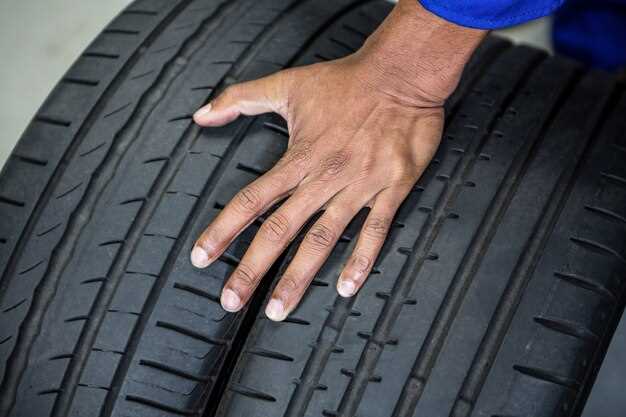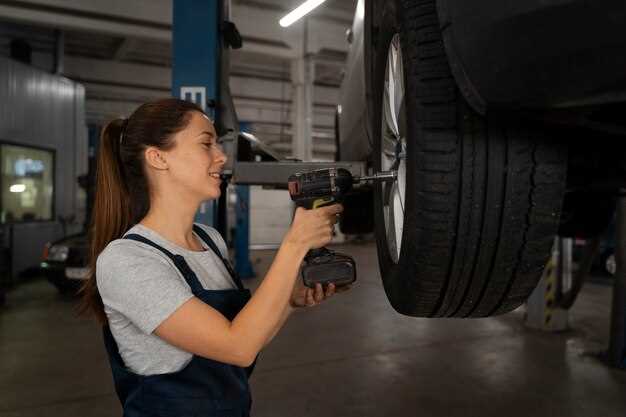
When to replace your tires – tread depth guide

The importance of tire safety cannot be overstated when it comes to driving. Tires are the only contact point between your vehicle and the road, making their condition crucial for maintaining grip, handling, and overall performance. One of the most vital aspects of tire maintenance is monitoring the tread depth, which directly impacts a tire’s effectiveness in providing traction, especially in adverse weather conditions.
Understanding when to replace your tires based on tread depth can significantly enhance safety on the road. Worn tires are more prone to hydroplaning and can increase stopping distances, putting both the driver and other road users at risk. This guide delves into the specifics of measuring tread depth and offers clear indicators on when tire replacement should be considered, ensuring that drivers can make informed decisions about their vehicle’s health and safety.
Through the examination of standard tread depth measurements and the correlation with driving conditions, this article aims to equip you with the knowledge necessary to assess tire wear effectively. By keeping a close eye on tread depth, you can enhance not only your safety but also the longevity and performance of your tires, making for a smoother and more secure driving experience.
Understanding Tread Depth Measurements for Safe Driving

Maintaining adequate tread depth is crucial for safety while driving. Tread depth refers to the distance between the top of the tread and the bottom of the tire’s grooves. It directly influences traction, handling, and overall vehicle stability during different weather conditions. As tires wear down, their ability to grip the road diminishes, increasing the risk of hydroplaning and reducing stopping distances.
To ensure optimal performance and safety, it is essential to regularly measure tread depth. A common method of measurement is the use of a tread depth gauge, which provides accurate readings in 32nds of an inch. Additionally, some drivers opt for the penny test by placing a penny in the tread groove; if the top of Lincoln’s head is visible, it indicates that the tread depth is insufficient, signaling the need for a change.
Experts recommend that tires be replaced when tread depth reaches 2/32 of an inch. At this point, the tires struggle to channel water effectively, compromising safety. For optimum performance during wet conditions, consider replacing tires well before reaching this threshold. Staying proactive about tire maintenance not only enhances safety but also extends the lifespan of your vehicle.
When to Replace Tires Based on Tread Wear Indicators

Replacing tires at the right time is crucial for maintaining vehicle safety and performance. Tread wear indicators, commonly referred to as wear bars, are built into tires and provide a visual cue of remaining tread depth. When the tread wears down to the level of these indicators, it’s a clear sign that it’s time to change your tires.
Generally, tires should be replaced when the tread depth reaches 2/32 of an inch. At this point, the risk of hydroplaning increases during wet conditions, significantly compromising safety. Moreover, tires with insufficient tread may not provide the traction needed for effective braking, leading to longer stopping distances and heightened accident risk.
In addition to tread depth, other signs of tire wear, such as uneven wear patterns or sidewall damage, should also prompt a tire replacement. Regularly inspecting your tires for these indicators and replacing them as necessary will ensure reliable performance on the road and enhance your driving safety.
It’s advisable to check tread depth with a simple penny test. Insert a penny into the tread grooves, with Lincoln’s head facing down. If you can see the top of Lincoln’s head, it’s time to change your tires. Prioritizing tire maintenance can prevent costly and dangerous situations in the future.
How Tread Depth Affects Vehicle Performance and Safety
The tread depth of a tire significantly influences both vehicle performance and safety. An adequate tread depth is essential for ensuring optimal traction, handling, and overall driving experience. Understanding the importance of maintaining the right tread depth can help drivers make informed decisions regarding tire replacement.
A tire’s tread depth directly affects its ability to grip the road. This is especially crucial under various weather conditions:
- Wet Conditions: Sufficient tread depth helps channel water away from the tire surface, reducing the risk of hydroplaning.
- Snow and Ice: Deeper treads provide better traction on snowy or icy roads, minimizing the chances of slipping.
- Dry Conditions: Adequate tread depth increases the surface area in contact with the road, enhancing grip and handling.
Another vital aspect of tire tread depth is its impact on braking distance:
- Shallow tread can lead to longer stopping distances, particularly on wet surfaces.
- Optimal tread depth ensures that tires perform efficiently when braking, which is essential for avoiding accidents.
In addition to performance, tread depth is crucial for maintaining safety:
- Insufficient tread depth can lead to tire blowouts, increasing the risk of losing control of the vehicle.
- Regularly checking tread depth helps prevent premature tire wear and extends tire lifespan.
- Monitoring tread depth is essential for compliance with safety regulations and standards.
In conclusion, maintaining adequate tread depth is vital for ensuring both vehicle performance and safety. Vehicle owners should regularly check their tire tread and replace tires when they become worn to ensure optimal handling, traction, and overall safety on the road.